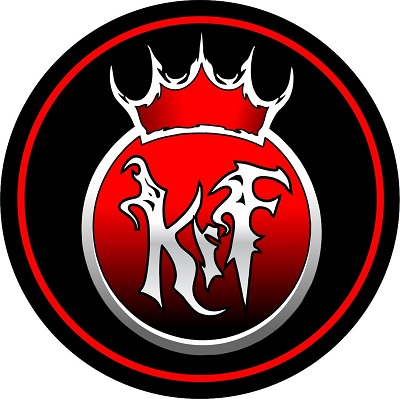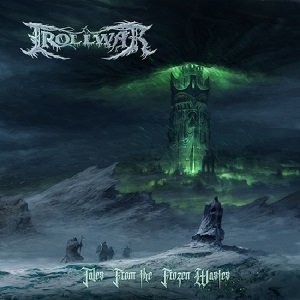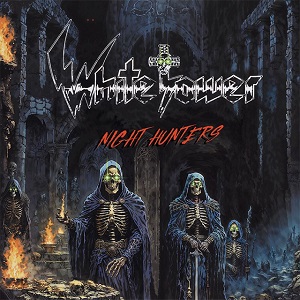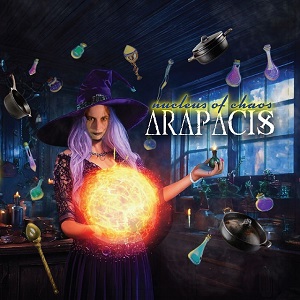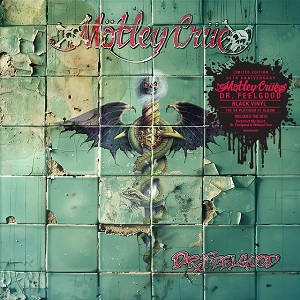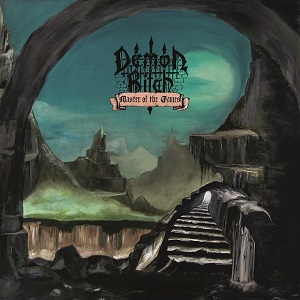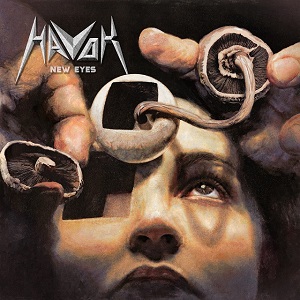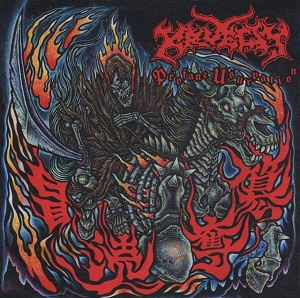DREAM THEATER Guitarist JOHN PETRUCCI On Songwriting For Distance Over Time - "You’re All Jamming Together, The Testosterone Comes Out, You Gravitate Towards The Heavier Stuff"
May 23, 2019, 5 years ago

Dream Theater guitarist John Petrucci spoke with Music Radar about the band's new album, Distance Over Time, his Majesty signature guitar, and gear used for the album. An excerpt is available below.
Music Radar: You’ve said you wanted this new album to be “heavy” and “proggy”...
Petrucci: "Well, it was a very natural thing. So that there were no distractions, we’d gone away to this big barn in Upstate New York that’s been renovated into a beautiful film and recording studio. We had all our live gear set up and we did all the writing in this big 30ft-high room. So we had a ton of guitars and amps, just cranked it up until it was really loud and live in the room. That just inspires a heavier, groovier thing, because you’re all jamming together, the testosterone comes out, you gravitate towards the heavier stuff. And then the ‘proggy’ thing is just an innate part of the way we write music together. The odd time signatures, the wacky curveballs, the solos... all those elements just come out naturally in our style."
Music Radar: How did you approach the guitars?
Petrucci: "In my opinion, the sound and style of the guitar dictates the style of the song. So I had a whole bunch of different guitar tunings readily available, kinda like an artist’s palette, and I was able to grab baritones, seven-strings, drop-seven-strings. That tends to point the stuff into a heavier direction; it’s gonna sound more metal. And then, if you’re playing with more of a Steve Howe kind of sound, it’s gonna go more in that classic prog direction. So, knowing how to dial in that sound and determining what the sonic landscape will be: that’s really important to me as a guitar player and a producer.
The other thing is the arrangements. Y’know, how to come up with guitar parts that are energetic and move the song along, but will also work as an ensemble part. And then the parts where I’m able to let loose and do those extended solos. So some of it is restraint - and then knowing when to let it all hang out."
Read the complete interview here.

